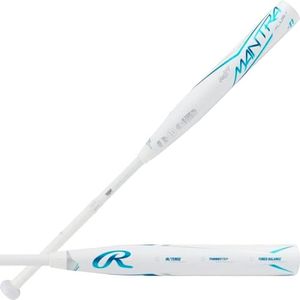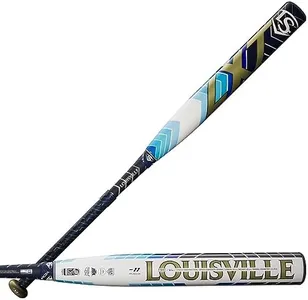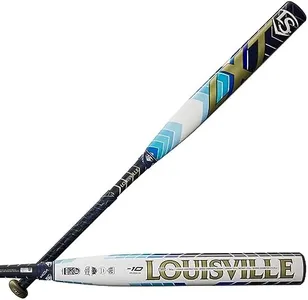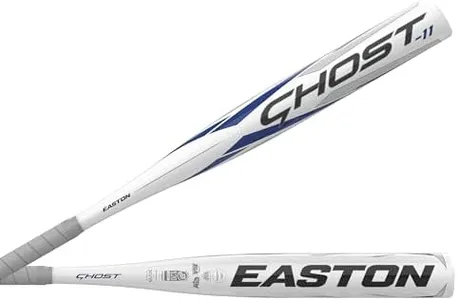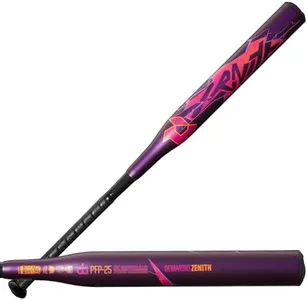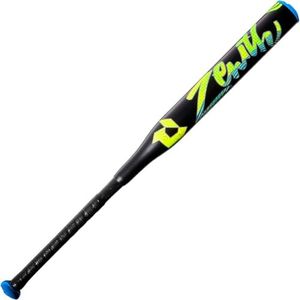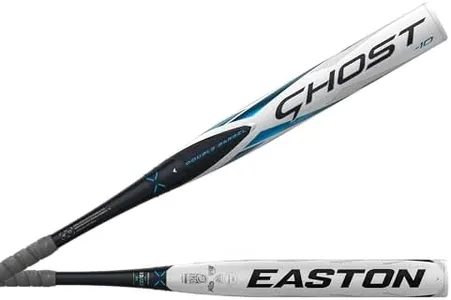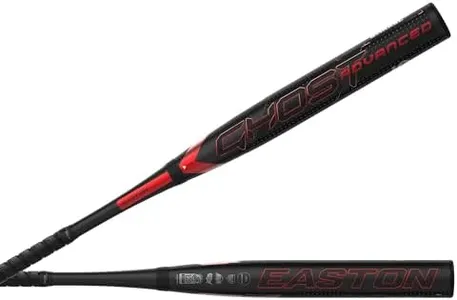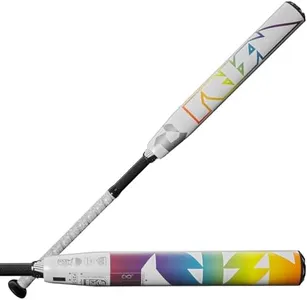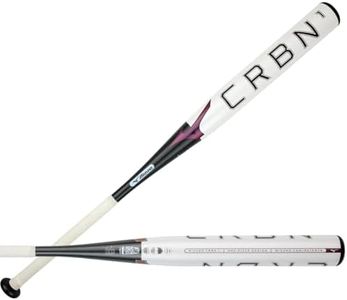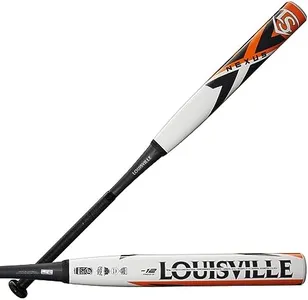We Use CookiesWe use cookies to enhance the security, performance,
functionality and for analytical and promotional activities. By continuing to browse this site you
are agreeing to our privacy policy
10 Best Fastpitch Bats
From leading brands and best sellers available on the web.By clicking on a link to a third party's website, log data is shared with that third party.
Buying Guide for the Best Fastpitch Bats
Choosing the right fastpitch bat can make a huge difference in your game, affecting not just your performance but also comfort and safety. Fastpitch bats come in a variety of sizes, weights, and materials, each designed to help different types of players. When shopping for a bat, it’s important to understand how each key specification matches your size, strength, and playing style. The right choice will help you swing with more confidence and hit the ball more effectively.LengthBat length is simply how long the bat is from end to end, usually measured in inches. The length of the bat affects your reach and swing speed; longer bats give you more plate coverage but can be harder to control. Fastpitch softball bats typically range from 28 to 34 inches. Players should choose a length that allows them to swing comfortably and with control. Smaller or younger players may prefer shorter lengths for better maneuverability, while taller or more experienced players can often handle longer bats for increased reach.
WeightBat weight is measured in ounces and influences your swing speed. Heavier bats can provide more power, while lighter bats allow for faster swings. The weight is closely linked with the player’s strength and hitting style. Bats often have markings like -10 or -12, which represent the 'drop' (the difference between the length and weight). Players who are strong and generate fast swings may go for a heavier bat, while those focusing on contact and control usually choose lighter bats. Test different weights to see what feels easiest to swing and provides the control you need.
Drop WeightThe drop weight, or simply 'drop,' is a common way to describe the balance between length and weight (length in inches minus weight in ounces). For example, a 32-inch bat that weighs 22 ounces is a -10 bat. Lower drop (like -8) means a heavier bat for its length, which can offer more power, while higher drop (like -12) means a lighter bat for quick swings. Base your choice on your own strength and hitting style: power hitters may like a lower drop, while contact hitters often go for a higher drop.
Barrel DiameterBarrel diameter is the thickness of the hitting area of the bat, usually either 2 1/4 inches or 2 3/4 inches for fastpitch bats. A larger barrel offers a bigger sweet spot and more area to connect with the ball, but can be a bit heavier. Standard fastpitch bats most often have a 2 1/4-inch barrel. Choose a barrel diameter that’s allowed in your league and feels comfortable when swinging, but generally, young and beginner players stick with the standard 2 1/4-inch diameter.
MaterialFastpitch bats are most commonly made from aluminum (alloy), composite, or a hybrid of both. Aluminum bats are durable, require little break-in time, and offer a traditional feel. Composite bats use advanced materials for bigger sweet spots and less vibration, but may require a break-in period. Hybrid bats combine an alloy barrel and composite handle to balance both traits. Beginners may prefer the low-maintenance of alloy, while seasoned players who can justify the break-in period and care might benefit from the performance of composite bats.
CertificationCertification refers to whether a bat is approved for play in certain leagues (like ASA/USA Softball, USSSA, NSA, or ISA). The bat must have an approved stamp for your specific league. Using a non-certified bat can get you disqualified from games. Always check the requirements of your league before buying, and look for the correct certification stamped somewhere on the bat.
GripThe grip is the material and texture on the handle of the bat. Good grip reduces slippage and absorbs vibration from hits. Some bats have cushioned or tacky grips, while others offer a thinner, rawer feel. Your comfort and preference are important here—if you get sweaty hands, look for more tack; if you dislike bulky handles, go for a thinner grip. You can always re-wrap a handle to adjust the grip later.
